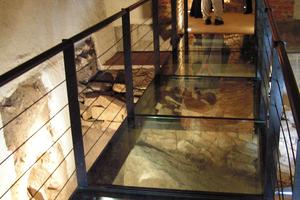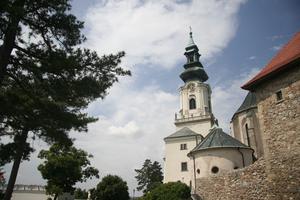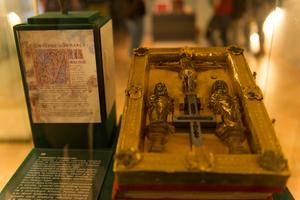This article was prepared for an edition of the Spectacular Slovakia travel guideand was published in the travel guide Slovakia.
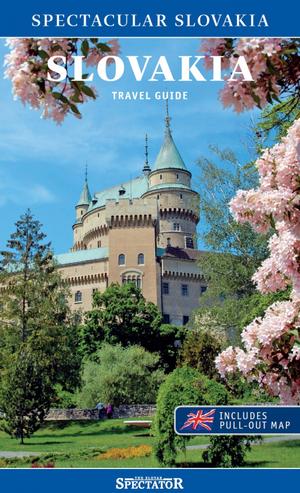 A helping hand in the heart of Europe offers for you Slovakia travel guide.
A helping hand in the heart of Europe offers for you Slovakia travel guide.
The castle hill is part of the Upper Town and is the most significant sight in Nitra.
A dominant part of the castle is St Emeram’s Cathedral, comprised of three churches: the 11th century romanesque St Emeram’s Church, the Upper Church, which was originally of gothic style, and the Lower Church with a baroque tower.
The castle offers a gorgeous view of Nitra along with an exhibition of liturgical objects and clothing. From April to October, visitors are welcome to climb to the top of the tower with a guide (each 30 min). The building’s history can be seen in the rich decorations, which span centuries.
A reconstruction in 2013 uncovered in the Lower Church a unique fresco of high artistic value and technical quality from around 1400, showing that the church may still contain hidden treasures.
The cathedral and other structures like the gothic ditch, casemates, the Diocese Museum, and some parts of the fortification, including a one-room star-shaped watchtower, are open to the public.
The Diocese Museum of the Nitra Bishopric, the first of its kind in Slovakia, was opened in 2007 in a former outbuilding of the castle precincts. Nitra’s Gospel Book (1083), the oldest manuscript in the country, is shown on the ground floor. Documents linked to the origins of Christianity on this territory, as well as copies of archaeological findings, e.g. pyxes from Čierne Kľačany, are also part of the exhibition. History enthusiasts find copies of the two Zobor Charters (1111, 1113) of special interest.
The basement of the building was turned into a treasure house exhibiting liturgical accessories, such as chalices, monstrances, and bishop’s crosiers.
Spectacular Slovakia travel guides
A helping hand in the heart of Europe thanks to the Slovakia travel guide with more than 1,000 photos and hundred of tourist spots.
Detailed travel guide to the Tatras introduces you to the whole region around the Tatra mountains, including attractions on the Polish side.
Lost in Bratislava? Impossible with our City Guide!
See some selected travel articles, podcasts, traveller's needs as well as other guides dedicated to Nitra, Trenčín Region, Trnava Region and Žilina Region.

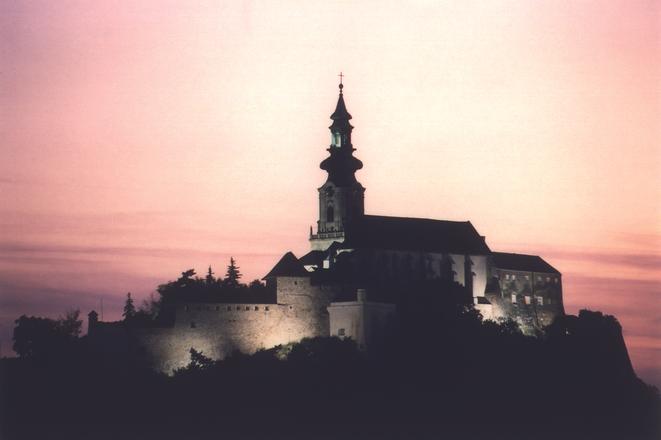 Nitra Castle (source: Ján Svrček)
Nitra Castle (source: Ján Svrček)
